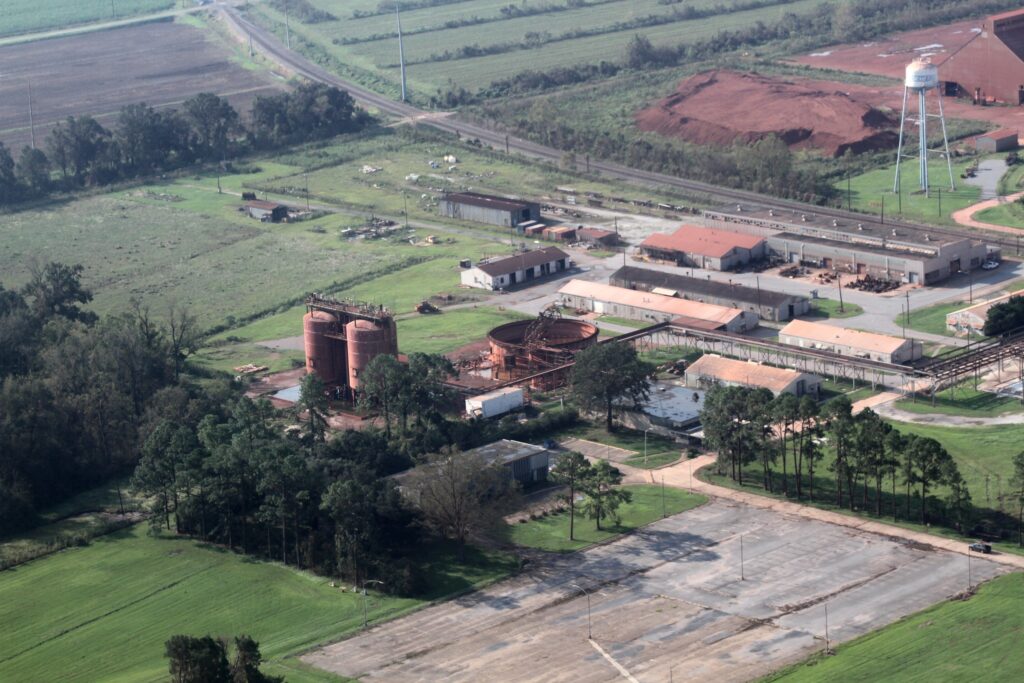
Most of us have never heard of red mud. Otherwise known as bauxite residue, it is an industrial waste product generated by the most common process by which aluminum is made and the world produces 200 million tons of red mud each year. The stuff is a significant environmental hazard being extremely alkaline and corrosive. Most of it ends up in large landfills and the costs associated with disposing of red mud are substantial.
Red mud is red because it contains large amounts of iron oxide, often as much as 60% of it. Scientists at the Max-Planck Institute in Germany have developed a method for producing steel from red mud that is much less carbon intensive than traditional steel production and that is economically viable.
The scientists melt the red mud in an electric furnace powered in part by green hydrogen. Running the furnace this way, even when using electricity from only partially renewable sources, results in far fewer greenhouse gas emissions as well as economic benefits. In the furnace, liquid iron separates from the other liquid oxides and can be extracted easily. The resultant iron is so pure that it can processed directly into steel. The remaining metal oxides are no longer corrosive, and they solidify into a glass-like material that can have practical uses in construction.
There are 4 billion tons of red mud that have accumulated worldwide to date. According to the researchers, their process could produce over 700 million tons of green steel from it, potentially saving 1.6 billion tons of carbon dioxide emissions.
**********
Web Links
Green steel from toxic red mud
Photo, posted September 7, 2021, courtesy of Healthy Gulf via Flickr.
Earth Wise is a production of WAMC Northeast Public Radio
Leave a Reply